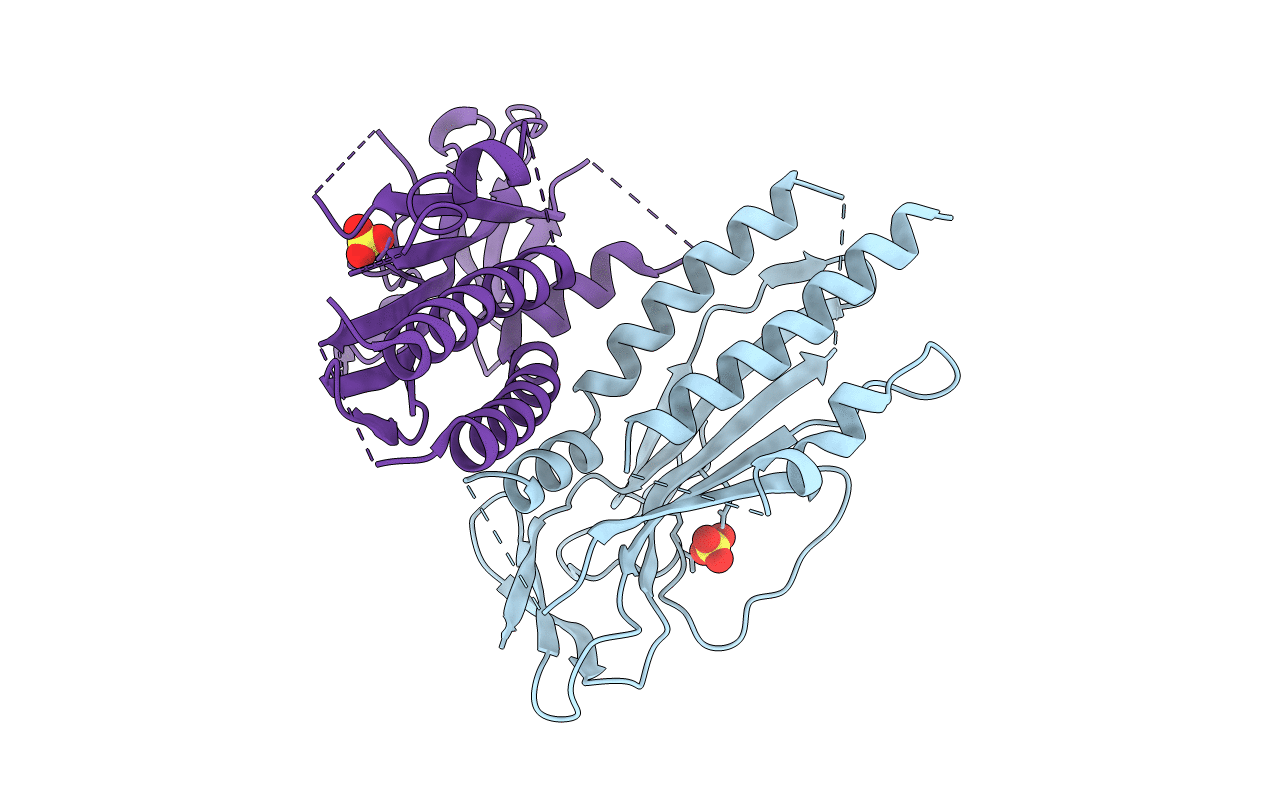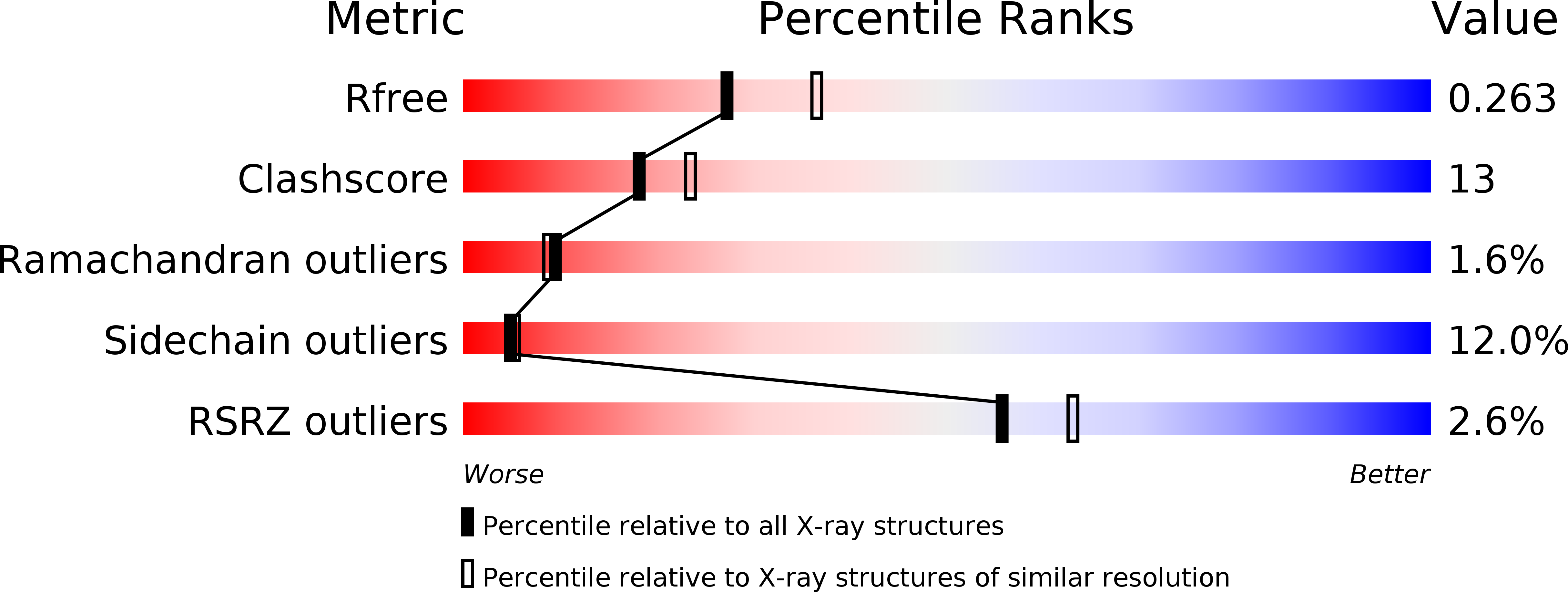
Deposition Date
2013-02-04
Release Date
2013-03-20
Last Version Date
2024-11-20
Entry Detail
Biological Source:
Source Organism:
Lachancea thermotolerans (Taxon ID: 559295)
Host Organism:
Method Details:
Experimental Method:
Resolution:
2.29 Å
R-Value Free:
0.26
R-Value Work:
0.21
R-Value Observed:
0.21
Space Group:
C 1 2 1


